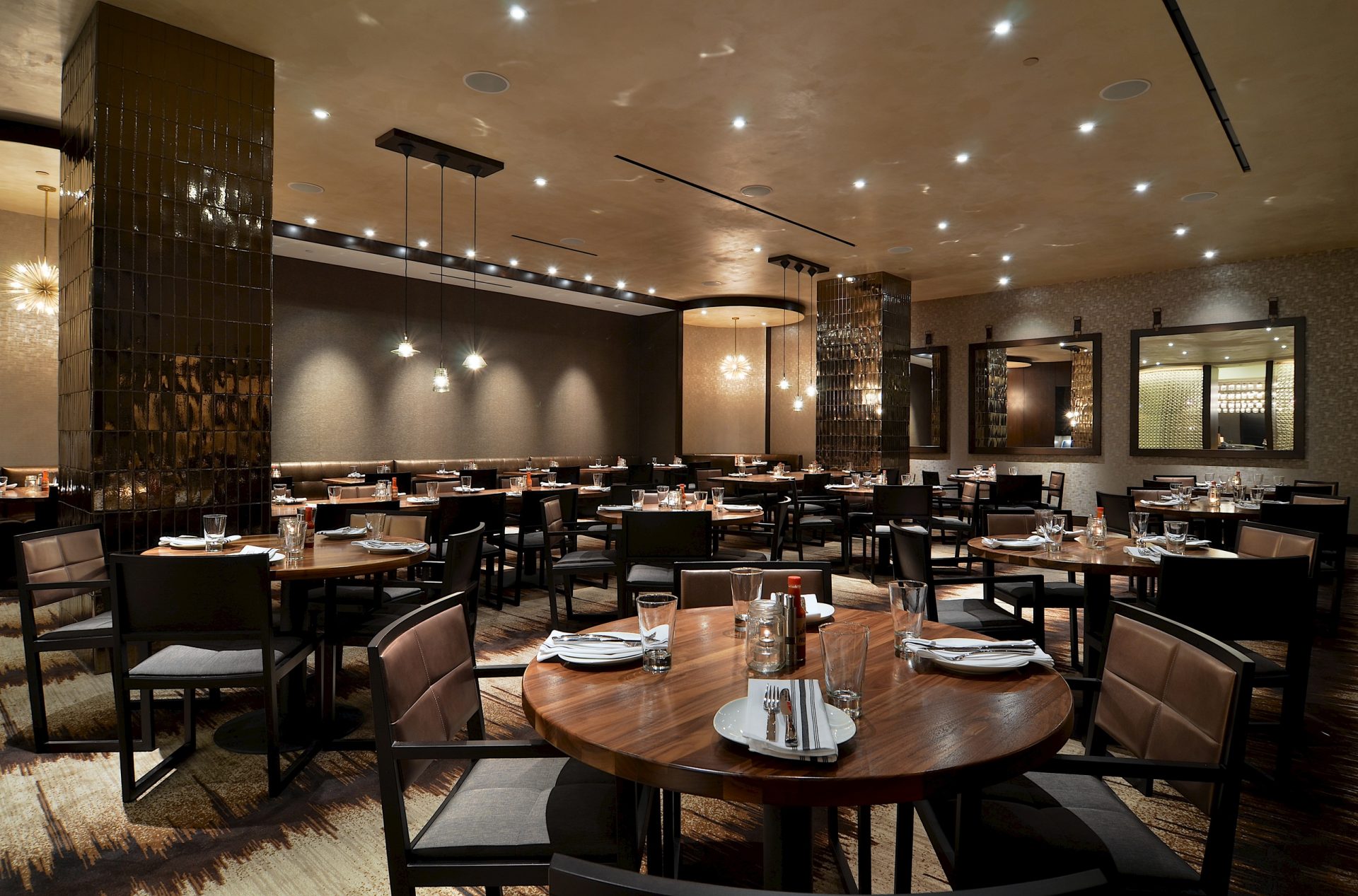The food revolution has reached the kitchens of the country’s hotel and resort ballrooms and banquet spaces. Chef-led, millennial-driven, and embracing the issues of sustainability, sourcing, wellness and diversity, the 2017 food & beverage trends show an increasingly complex and sophisticated market, according to Teneo Hospitality Group.
Teneo, a professional group meeting sales organization bringing together 300 hotels, resorts and destination management companies with professional meeting and event planners, recently addressed food & beverage trends at its annual summit.
1 Local and Sustainable
Sourcing and using locally-raised meat and produce is the most productive way to meet the changing requirements for healthy dining while reducing a hotel’s or resort’s carbon footprint. Chefs are assured of fresh ingredients and much more intensive knowledge of the food they are buying and serving.
2 Natural, Minimally Processed Foods
Creative chefs throughout the country are leading a movement to educate and excite their customers about experiencing foods as close to their natural state as possible, and not overly seasoned or processed. As healthier, plant-based ingredients replace processed food and awareness of the dangers of sodium, sugar and saturated fat grows, Americans are demanding healthier food at meetings and banquet events.
3 New Cuts of Meat, Nontraditional Fish, Meat Versus Plant
Animal-based proteins will assume a more secondary role in 2017 as chefs respond to guest’s individual diet preferences for more sustainable and healthier eating habits. Look for a greater use of vegetables, seeds, nuts and legumes as part of the protein intake at group dining events. Since some fish have become scarce, more abundant species such as mackerel, rock fish and skipjack are now trending as healthy protein sources. To make food more sustainable and affordable, chefs are using a variety of cuts of meat - not just breasts, shoulders, and legs, but the entire animal.

4 Healthful Snacks
New and healthier snacks are coming on the market, impacting both what is offered at hotels and resorts, in meetings, and what individuals purchase or prepare for themselves. Planners have long seen the need for energy-boosting break-out items such as fruit, nuts and yogurt. These will be joined by seaweed and plant-based snacks, and smoothies made with nut-based milks rather than dairy.
5 Ethnic-Inspired Breakfast Items
An increasingly diverse American population now consumes a breakfast that goes well beyond bacon and eggs, and international attendees bring their own preferences. Many Europeans start the day with a variety of breads and charcuterie from prosciutto and salami to pâtés. Middle Easterners enjoy spreads and salads, while Latin Americans prefer spicier breakfast entrees with meats, eggs and empanadas. In 2017, look for fruits such as pomelo, star fruit, mangosteen, red bananas, pomegranates and Asian pears for breakfast. Hot and flavorful cereals such as congee mixed with vegetables or even spicy Korean kimchee makes a flavorful change from bland oatmeal. Popular breads will include pita, nan, flatbread, and tortillas for build-your own breakfast burritos.
6 Bolder Flavors
The phenomenal success of Siracha sauces and wide exposure to spicy ethnic foods such as Thai and Indian cuisine, make today’s guests far more adventurous diners, particularly among millennials. With an international mix of conference attendees, planners must explore ways to incorporate these items on restaurant and conference menus.
7 Hybrid Cuisine
Hybrid Cuisine evolved from the fusion food trend, which sometimes resulted in dishes that were more confused than fused. Hybrid cuisine is all about respecting the craft and traditional techniques of two culinary worlds and combining items into a harmonious well balanced dish. For example, it could be as simple as Korean fried chicken combined with a daikon Kimchee turned into a slider with miso mayonnaise.

8 House-Made / Artisan Items
This trend is about creating a unique, individualized and memorable experience for guests - all produced and customized in house. This could be a small consumable item that is property-or event-specific … something a guest can take away with them, and which can later transport them back for a few moments to re-experience the event. This may be house-made snack mixes, gourmet popcorn, macaroons, or small jars of house-made jams, chutneys, mustards or infused seasoning salts.
9 Grab & Go with Mobile Apps
Like many current food trends, this is driven by busy, tech-savvy millennials. At conferences, attendees can use hotel or meeting apps to access interactive menus through personal mobile devices, ordering freshly prepared menu items for quick pick up without the wait. The apps can also be used to order to a vendor booth or break-out meeting space, for fast convenient service.
10 Cocktails, Mocktails and More
Beverages can make an event, and the emphasis should be quality and innovation over quantity. Many classic cocktails are making a comeback, including Manhattans, Side Cars and French 75s. America’s very own whisky, Bourbon, is giving Scotch a run for its money and gin lovers can now choose from a variety of tonics for their G & Ts. Talented mixologists are mixing their own infusions from fresh ingredients. Locally brewed craft beers and local wines enhance the overall dining experience and also contribute to sustainability.
Nondrinkers don’t want not be limited to simple water or chemically laden soft drinks. Planners can provide non-alcoholic beverages that are imaginatively presented. Fortunately, the current concern with health and safety has given rise to Mocktails, alcohol-free takes on mojitos, Cosmos, Martinis and Bloody Marys with infusions of fresh fruit and colorful garnishes.
